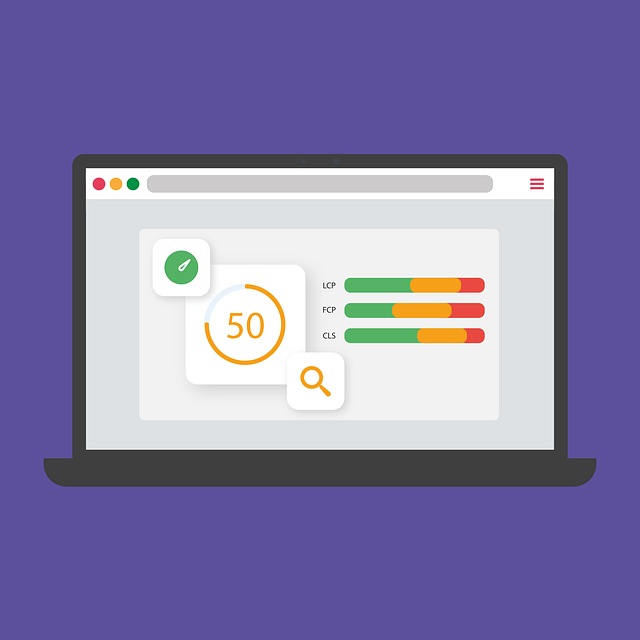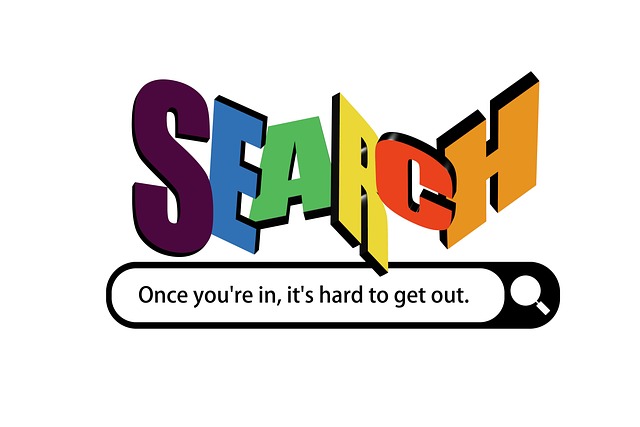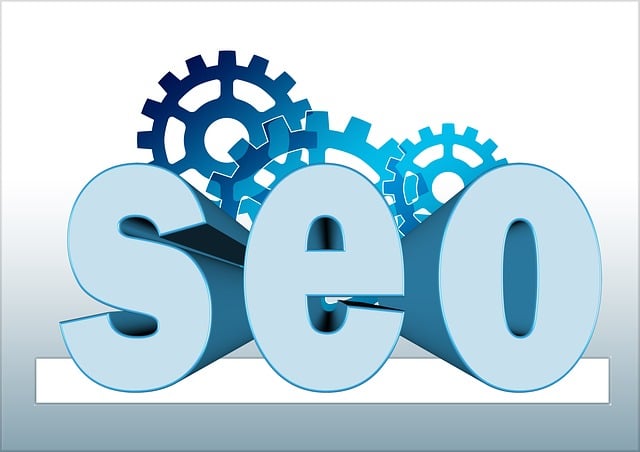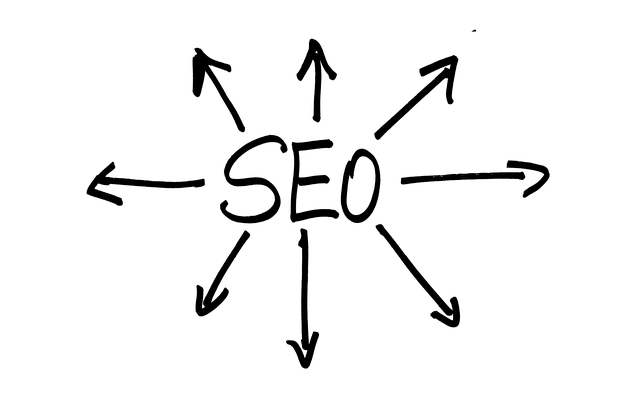Core Web Vitals (CWV) are key metrics for evaluating website performance, focusing on loading speed, interactivity, and visual stability. Google uses CWV in its ranking algorithm, favoring fast, responsive, and visually appealing sites. Optimizing for CWV boosts site performance, reduces bounce rates, and improves user engagement, leading to better SEO rankings and increased organic traffic, especially for mobile users. This involves analyzing LCP, FID, and CLS, using tools like Google Search Console and PageSpeed Insights to identify bottlenecks. Techniques to enhance CWV include optimizing images, leveraging browser caching, minimizing HTTP requests, and using Content Delivery Networks (CDNs). Server-side adjustments, modern hosting solutions, and CDNs further speed up content delivery. CDNs reduce latency, improve user experience, and positively impact search engine rankings. Image compression, browser caching, and lazy loading are essential steps in CWV optimization. Regular audits and monitoring ensure continuous improvement and maintain industry standards, contributing to a robust SEO strategy focused on site speed.
In today’s digital era, site speed is a vital component of search engine optimization (SEO) strategy. Core Web Vitals Optimization plays a pivotal role in enhancing user experience and boosting search rankings. This article delves into the intricacies of SEO Site Speed Optimization, covering key areas such as understanding Core Web Vitals impact, identifying performance bottlenecks, and implementing effective strategies like server configuration, Content Delivery Networks (CDNs), browser caching, and regular audits for continuous improvement.
Understanding Core Web Vitals and Their Impact on SEO

Core Web Vitals (CWV) are a set of metrics that measure user experience on a website, focusing on loading speed, interactivity, and visual stability. These vital signs are crucial for optimizing site speed, which has a significant impact on Search Engine Optimization (SEO). Google, as the leading search engine, uses CWV as a factor in its ranking algorithm, ensuring that fast-loading, responsive, and visually appealing sites take precedence in search results.
By focusing on Core Web Vitals optimization, web developers can enhance site performance, reduce bounce rates, and improve user engagement. Faster load times mean visitors spend more time on-site, which signals to search engines that the content is valuable and relevant. Moreover, CWV optimization ensures a seamless user experience across various devices, catering to the growing number of mobile users and contributing to better SEO rankings and increased organic traffic.
Identifying Key Performance Areas for Speed Optimization

Identifying Key Performance Areas for Speed Optimization begins with a deep dive into the Core Web Vitals. These metrics, defined by Google, measure user experience and have a direct impact on search rankings. Key areas include Largest Contentful Paint (LCP), First Input Delay (FID), and Cumulative Layout Shift (CLS). LCP focuses on how quickly the main content of a page loads, FID measures the time it takes for a page to respond to user interactions, and CLS looks at unexpected layout shifts that could detract from a user’s experience.
By focusing on these Core Web Vitals, you can pinpoint areas where your website is slowing users down. Tools like Google Search Console and PageSpeed Insights can provide detailed reports and suggestions for improvement. Once identified, optimizing these performance bottlenecks becomes crucial for enhancing user satisfaction, reducing bounce rates, and ultimately boosting search engine rankings.
Techniques to Enhance Page Load Time

Improving page load time is a key aspect of SEO site speed optimization, with one of the main focuses being on what’s known as Core Web Vitals. These are user-centric metrics that measure critical interactions on a webpage, such as load time, interactivity, and stability. Techniques to enhance these vitals include optimizing images for faster loading by compressing them without sacrificing quality, leveraging browser caching to reduce server load and delivery times, and minimizing HTTP requests by combining CSS and JavaScript files.
Additionally, using content delivery networks (CDNs) can significantly improve page speed by serving static assets from servers closer to the user’s location. Server response time optimization, such as upgrading hardware and software or implementing lazy loading for offscreen content, also plays a crucial role in reducing load times. These strategies collectively contribute to a better user experience, lower bounce rates, and ultimately, higher search engine rankings.
The Role of Server Configuration and Hosting in Site Speed

The performance of a website is heavily influenced by its server configuration and hosting environment, which play a pivotal role in delivering content to users quickly. A well-optimized server setup can significantly enhance site speed, contributing to an improved user experience and better search engine rankings. This is where Core Web Vitals Optimization comes into focus; it’s not just about page load times but ensuring responsiveness, interactivity, and stability, all of which are server-side considerations.
Effective server configuration involves tuning parameters such as cache management, compression techniques, and network connectivity to reduce latency. Modern hosting solutions often offer content delivery networks (CDNs) that distribute content across multiple servers globally, minimizing the physical distance between users and servers. This strategy, coupled with efficient database indexing and optimized code, can dramatically speed up page loads, especially for sites with high traffic or dynamic content.
Content Delivery Networks (CDNs): A Game-Changer for SEO

Content Delivery Networks (CDNs) are a game-changer in the realm of SEO, particularly when it comes to enhancing site speed and improving Core Web Vitals Optimization. By distributing content across multiple servers located strategically around the globe, CDNs significantly reduce the physical distance between users and the website they’re trying to access. This results in faster loading times, which are a critical factor in Google’s ranking algorithms. Not only do quicker load speeds boost user experience, but they also lead to lower bounce rates and higher engagement metrics, both of which positively impact search engine rankings.
Moreover, CDNs can cache static assets like images, CSS files, and JavaScript, further optimizing the delivery process. This caching mechanism ensures that repeat visitors can access content instantly, without the need to re-download it from the origin server. Such efficient content delivery not only enhances site speed but also contributes to a more seamless and enjoyable user experience, ultimately positioning your website as a top performer in search engine results pages.
Optimizing Images: Tips for Faster Loading Times

Optimizing images is a key aspect of Core Web Vitals optimization, focusing on improving site speed and enhancing user experience. Start by compressing your images without sacrificing quality using tools that automatically optimize file sizes while preserving visual integrity. Next, leverage browser caching to store already loaded images locally, reducing the need for repeated downloads and significantly speeding up subsequent page loads. Additionally, consider using modern image formats like WebP, which offer better compression than traditional JPEG or PNG, resulting in faster loading times.
For dynamic content, implement lazy loading techniques that delay the loading of images until they are actually needed within the viewport. This prevents unnecessary data transfer and optimizes first-contentful paint (FCP), one of the key metrics in Core Web Vitals. Additionally, ensure your server is configured to serve images with appropriate HTTP headers, such as Content-Type and Cache-Control, to further aid browser caching and reduce load times.
Browser Caching: A Strategy to Improve User Experience

Browser caching is a powerful strategy within SEO site speed optimization, particularly in enhancing user experience (UX). It involves storing static assets like images, CSS, and JavaScript files locally on users’ devices after their initial download from your server. Subsequent visits to your website can then leverage these cached resources, significantly reducing the time it takes for these files to load. This is a crucial aspect of Core Web Vitals Optimization, focusing on key metrics that measure user perception of web page performance.
By implementing browser caching, you can cut down on server requests and reduce network latency, thereby improving overall website speed. This not only benefits SEO by boosting page rank signals but also ensures users enjoy a smoother, faster browsing experience, leading to lower bounce rates and increased time spent on-site.
Regular Audits and Monitoring for Continuous SEO Site Speed Optimization

Regular audits and continuous monitoring are vital components of any SEO strategy, especially when it comes to site speed optimization. By conducting frequent evaluations, website owners can identify areas that require enhancement and stay up-to-date with the latest industry standards. These audits should focus on Core Web Vitals Optimization, ensuring that key metrics such as Largest Contentful Paint (LCP), First Input Delay (FID), and Cumulative Layout Shift (CLS) meet or exceed recommended thresholds.
Monitoring tools play a crucial role in this process by providing real-time data and alerts. Website performance can be tracked over time, allowing for the detection of subtle improvements or unexpected drops. This data-driven approach enables SEO professionals to make informed decisions, implement necessary changes, and continuously refine the site’s speed optimization strategy.
